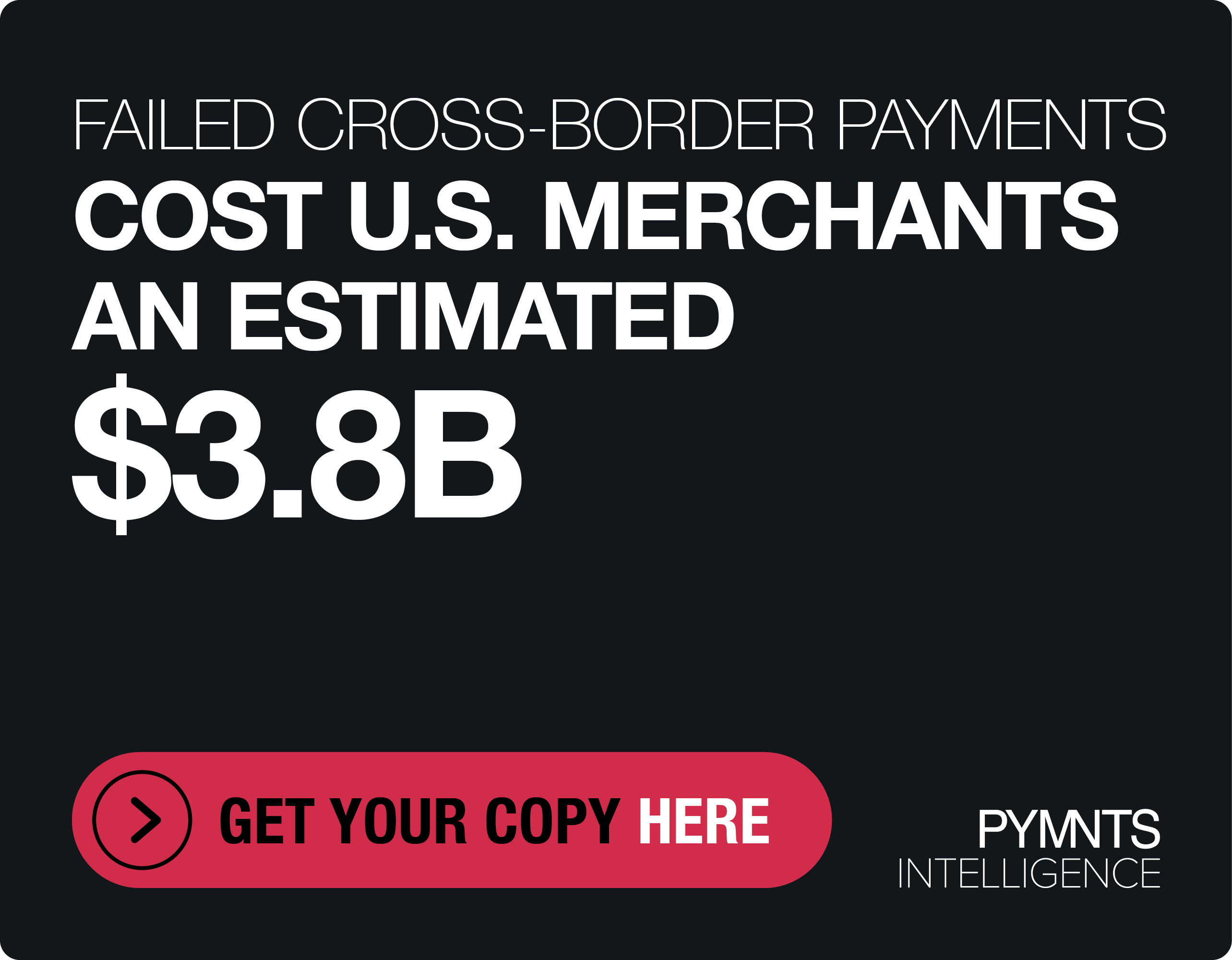Future FinTech Group Raises $8 Million From Latest Stock Offering

Nasdaq-listed Future FinTech Group said Wednesday (Dec. 30) that it had “closed the registered direct offering” of more than 4.2 million units consisting of “one share of its common stock and a warrant to purchase one share of its common stock, at a purchase price of $1.90 per unit.”
Future FinTech is a “blockchain-based” eCommerce firm and a service provider for the financial technology (FinTech) sector. In a press release, the company said the stock offering had raised $8 million. The net proceeds from this offering will be used to expand the business and for general working capital, the company said.
The investors’ warrants “have an exercise price of $2.15 per share and a term of five years and are exercisable by the holder at any time after the date of issuance,” Future FinTech said. A.G.P./Alliance Global Partners acted as the sole placement agent for the offering.
Future FinTech said the stock offering was made “only by means of a prospectus, including a prospectus supplement,” which was filed with the Securities and Exchange Commission on Monday (Dec. 28).
The company’s operations include a blockchain-based online shopping mall platform, Chain Cloud Mall, a cross-border eCommerce platform and an incubator for blockchain-based application projects. The company is also engaged in the development of blockchain-based technology and services as well as financial technology services.
Future FinTech Group’s stock offering comes as the blockchain industry looks for breakthroughs in business-to-business (B2B) eCommerce.
Challenges include the reality that companies’ purchases often involve multiple decision-makers, contract negotiations, product specifications and multiple approvals. So, while eCommerce has taken off for consumers, it may lag behind in B2B.
Overall, B2B eCommerce is stuck in the past, said Inxeption CEO and Co-Founder Farzad Dibachi. Blockchain may be one way to break through the logjam.
Dibachi said his company uses the technology in different ways, such as to keep up with product information management. He said that, for example, the approach allows all business partners and stakeholders to be on the same page when information about a product changes and to keep track of the product’s history and information like warranties.
